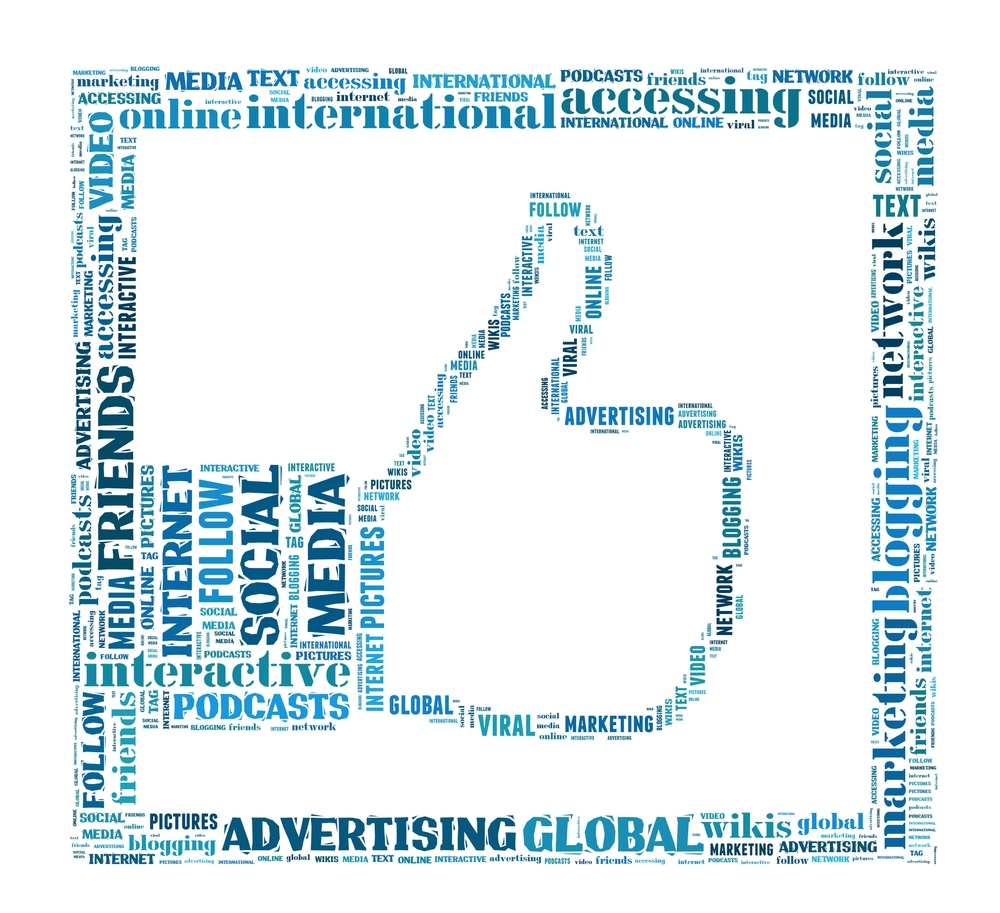Social media marketing is at the top of brands’ online advertising efforts for many reasons. Engagement and brand awareness are terms used frequently to discuss social content success, but at the end of the day, all businesses want the same thing – conversions. Vision Critical’s “From Social to Sale” report points out a challenge for online marketers. They know conversions are coming from social, but they have difficulty pinpointing the exact number and source.
According to the data, Facebook has the highest conversion rate – 38 percent of users have purchased products or services after engaging with them online (sharing or favoriting content). Facebook users were also the most active of all network account holders, with 75 percent logging in at least once per day.
Pinterest is the second-biggest contributor to brands’ bottom lines. Nearly 30 percent of users purchase as a result of interactions with social media content. Twitter was just behind for sales, with 22 percent making decisions pending their online experiences. The networks see an equal number of users (17 percent) logging in daily for updates.
Facebook has the highest conversion rate – 38 percent of users have purchased products or services after sharing or favoriting them online.
It’s important to note that social media marketing provides brands with bottom-line benefits online and off, the study found. Three in 10 Facebook users purchased in stores, while 29 percent completed transactions on the web. Pinterest and Twitter marketers experience similar breakdowns – 21 percent offline and 22 percent online for the former, and 17 percent offline and 18 percent online for the latter.
If it’s engagement and shares that fuel conversions, marketers can employ certain practices across networks to increase their content ROI.
Brafton previously reported that Facebook introduced hashtags, allowing brands to organize their social media posts under trending topics to increase discoverability. Twitter just introduced a new ad targeting tool that makes it easier for marketers to get their social content in front of interested customers who might be ready to buy. At the same time, a study found Pinterest users are most likely to share and click Pins that feature high-quality images, bright colors and rich textures.





